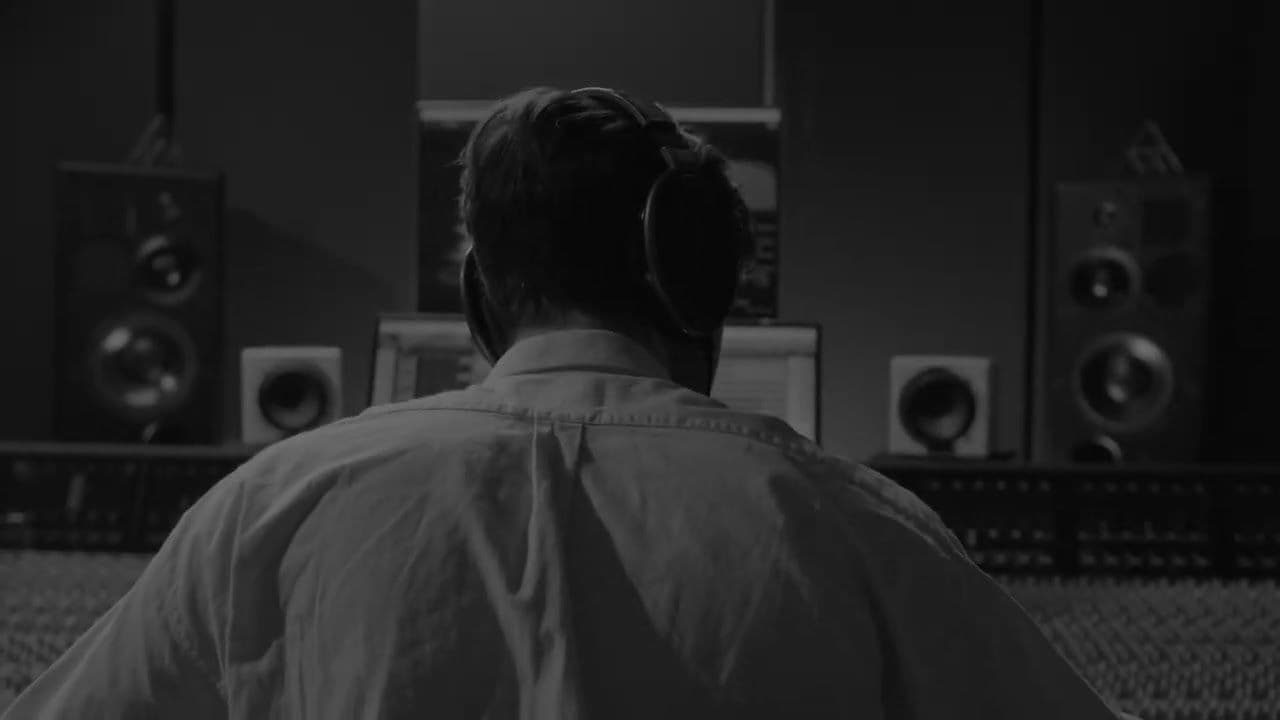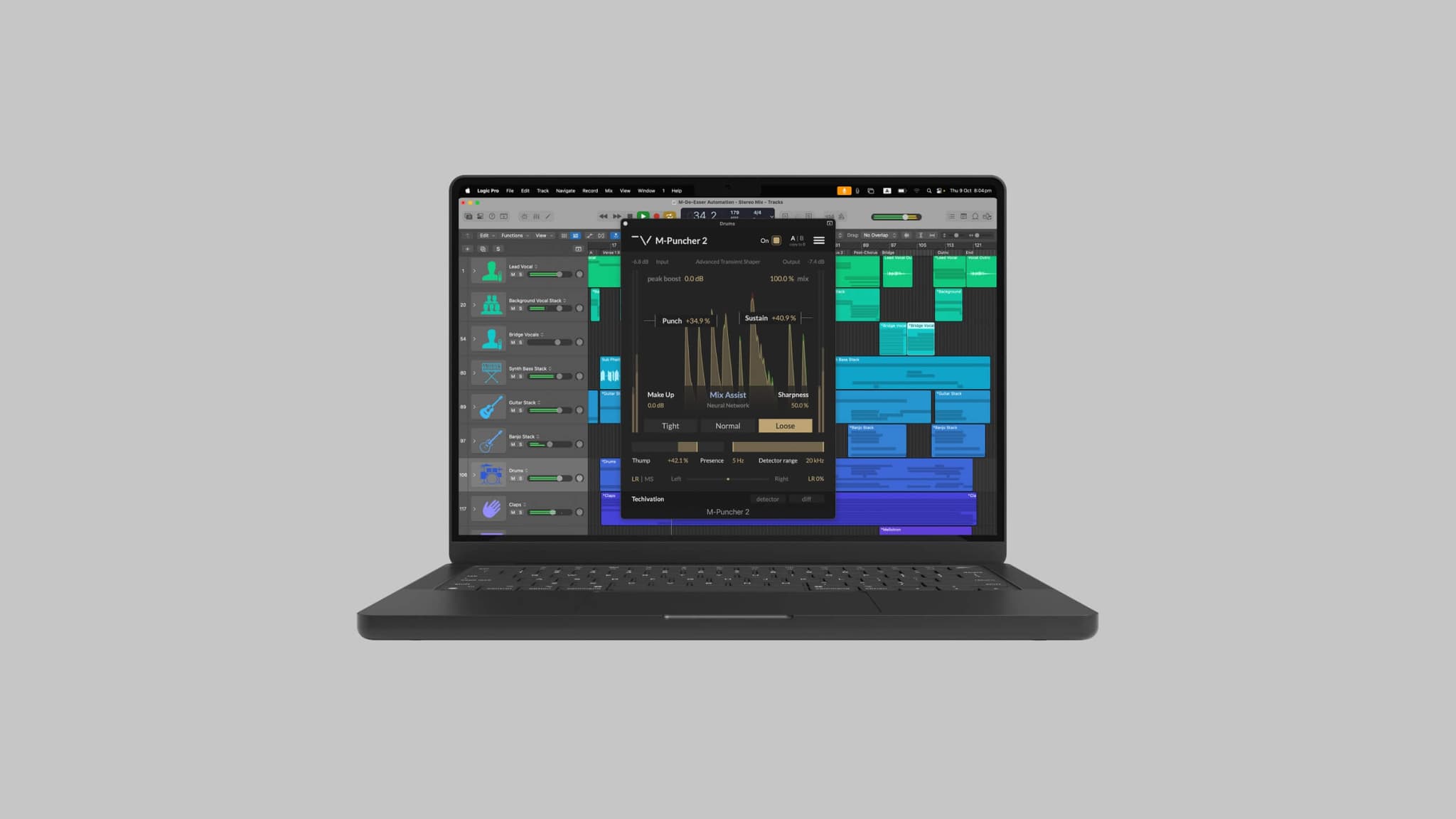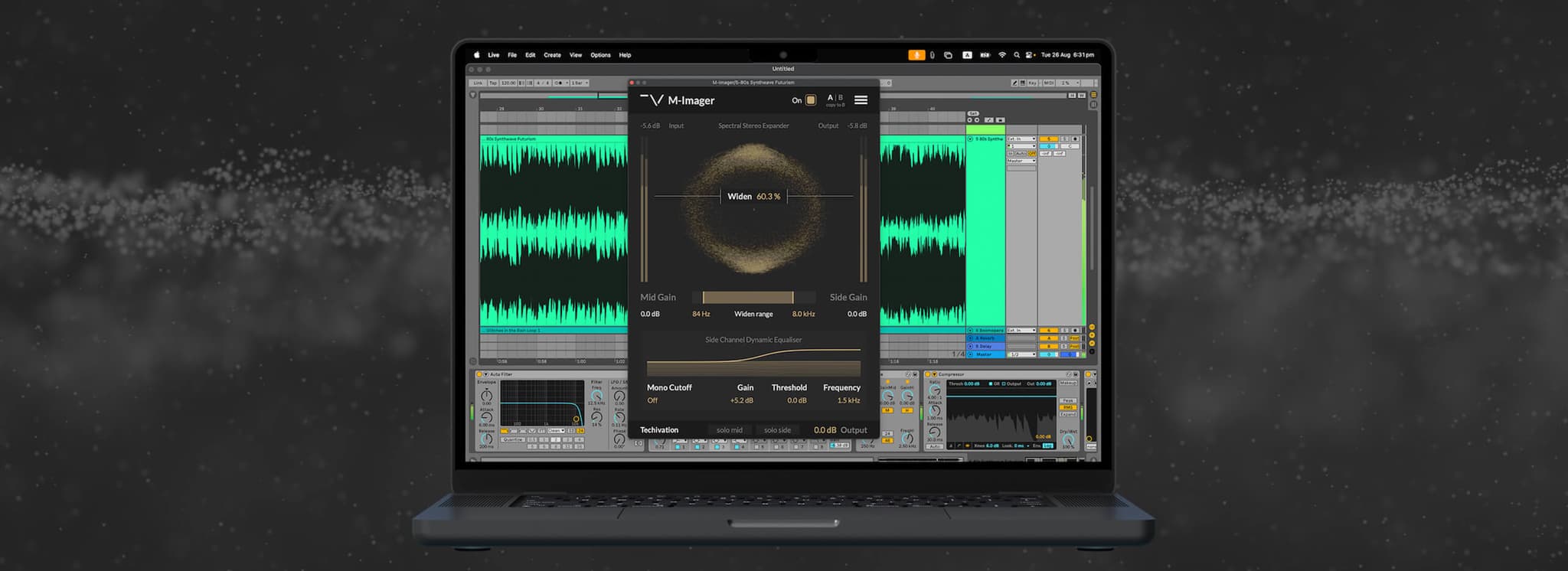10 Essential Uses of M-De-Esser

Brightness, airiness, clarity, harshness, and crispiness – these adjectives are frequently used by mixing engineers to describe the auditory qualities of certain tracks. While these descriptors can be applied to various audio sources, they are most often used to characterize vocals.
As humans, we are inherently sensitive to the nuances of vocal recordings. This is understandable given that we encounter human voices every day from the moment we are born. It's no surprise, then, that many engineers consider vocals to be the keystone of any song.
Vocal processing stands as a fundamental aspect of audio production. Among the tools utilized in this process, de-essers play a vital role. Whether it's singing, voiceovers, or dialogues in film and TV, de-essing finds its application across multiple formats.
For those unfamiliar, de-essing is the technique of managing sounds such as "s," "sh," "ch," or any other sibilant sounds that tend to carry harsh and unpleasant characteristics. While de-essing is often associated with vocals, it also finds utility in addressing high-frequency elements like cymbals, hi-hats, and even reverb effects.
In the years spanning from the 1950s to roughly the 1980s, engineers grappled with limited tools to control sibilance. This era demanded labour-intensive efforts and an astute ear to achieve natural-sounding results.
As technology advanced, new tools, including hardware units, emerged to streamline the process. These tools predominantly relied on compression-based techniques triggered by specific frequency ranges prone to sibilance. This approach offered more precise control in contrast to manually equalizing sibilant frequencies.
With the transition to digital audio, the development of advanced de-essing plugins gained momentum. These plugins empowered engineers to fine-tune parameters such as detection frequency range, compression ratio, and attack/release times, ultimately yielding more accurate and customizable de-essing solutions.
However, despite these advancements, many engineers still preferred to manually edit sibilant sounds in vocal recordings or use automation to lower the volume of sibilant sounds in vocal recordings.
And now Techivation has leveraged the latest advancements in digital signal processing to create a tool like no other – the M-De-Esser. It’s not just a de-esser; this is a shaping tool that can go far beyond de-essing and help you make your tracks sound more balanced, clearer, and without any harshness.
Watch the Techivation M-De-Esser Walkthrough video
So, let’s take a look at 10 ways you can use the M-De-Esser to significantly improve your mixes.
1. Vocals
Vocals are the heart of any song, and ensuring their clarity and smoothness is essential. A regular de-esser can make a vocalist sound like they have a lisp, but with the unique spectral shaping from M-De-Esser, even more extreme settings sound smooth.
Vocals before/after
Vocals: Bypassed
Before/After Comparison - Adding Weight to Kick & Snare
2. Shaping SFX
Let’s shift to a world of cinematic special effects. The great advantage of the M-De-Esser compared to traditional de-essers is that its algorithms allow for more creative sound shaping and control of certain frequencies. In this example, the M-De-Esser was used to control and shape high mid-range frequencies of the mid-channel in mid-side mode, bringing the sides forward and creating more depth.
SFX before/after
SFX: Bypassed
Before/After Comparison - Adding Weight to Kick & Snare
3. Cymbals
Now let’s take a look at drums. Quite often, especially with virtual drums, hi-hats or overheads can sound very harsh, masking other elements of the mix. Employing the spectral processing of the M-De-Esser, we'll try to alleviate some of this unwanted sharpness.
Cymbals before/after
Cymbals: Bypassed
Before/After Comparison - Adding Weight to Kick & Snare
4. Electric Guitars
Amplified guitars awash in distortion can swiftly transform into a source of harshness, leading to listener fatigue. Regular equalization can prove inadequate in taming this harshness. Tools like the M-De-Esser can work wonders in such cases, where you need to remove harshness without making guitars sound hollow.
Guitars before/after
Guitars: Bypassed
Before/After Comparison - Adding Weight to Kick & Snare
5. De-Essing Reverbs
Even with well-balanced vocals, you might find yourself in a situation where sending them to a reverb can introduce harsh sibilance to the overall sound. In cases like that, you might want to apply de-essing to the reverb itself, rather than the vocal track.
Reverb before/after
Reverb: Bypassed
Before/After Comparison - Adding Weight to Kick & Snare
6. Electronic Drums and Percussion
Electronic drum samples can frequently generate sibilant frequencies that exhibit harshness. And in cases like these, even attenuation with a high shelf might not remove the harshness. Dynamic spectral shaping of M-De-Esser once again becomes the ally, creating smooth, analogue-like tones.
Electronic drums before/after
Electronic drums: Bypassed
Before/After Comparison - Adding Weight to Kick & Snare
7. Instrument Groups
Spectral de-essing works wonders on instrument groups. Rather than trying to smooth out each track one by one, you can efficiently apply it to a group track channel (or aux, or however it is called in your DAW of choice). Let’s take a listen to the M-De-Esser on a drum group in mid-side mode, focusing more on the sides.
Drum group before/after
Drum group: Bypassed
Before/After Comparison - Adding Weight to Kick & Snare
8. Synths
Synthesizers are often imbued with a piercing quality due to intricate harmonic content. The M-De-Esser can work its magic, transforming these sharp synth sounds into much more ear-pleasing timbres, without compromising clarity and adding warmth to digital sounds.
Synths before/after
Synths: Bypassed
Before/After Comparison - Adding Weight to Kick & Snare
9. Smoothing Out Digital Distortion
When experimenting with creative distortion applications, such as parallel channels for drums, bass, or vocals, harshness can emerge swiftly with digital distortion. Integrating the M-De-Esser into these parallel channels can mitigate distortion's harsh impact and make it sound more analogue-like.
Distortion before/after
Distortion: Bypassed
Before/After Comparison - Adding Weight to Kick & Snare
10. Control of Harshness in Woodwinds, Strings, etc.
Another area where de-essers are used quite often is controlling the harshness of instruments like strings, woodwinds, and brass. Here we have an example with a flute, where the M-De-Esser controlled annoying frequencies in the range of 1.4 kHz-6.6 kHz, creating a more balanced sound.
Flute before/after
Flute: Bypassed
Before/After Comparison - Adding Weight to Kick & Snare
We hope you enjoyed these 10 tips on how to use the M-De-Esser to elevate your mixes, but that’s just the tip of the iceberg. In future articles, we will explore more ways of using the M-De-Esser, so stay tuned for that!
We are really proud of the M-De-Esser and truly believe that it can become the ultimate tool, offering you unparalleled control over sibilant and harsh frequencies while preserving the integrity of your audio, without introducing unpleasant artifacts. Embark on your journey with the M-De-Esser today by downloading our 14-day free trial.
Written By Gleb Karpovich - Mixing Engineer
Share this Article
Featured in this post



![[Video] New Update Released: Techivation M-Exciter](/_next/image?url=https%3A%2F%2Fstatic.techivation.com%2Fuploads%2FM-Exciter%2520New%2520Update.jpg&w=2048&q=75&dpl=dpl_AB6oMDe8HWGjs7BQtFrqJRp1LyPo)
